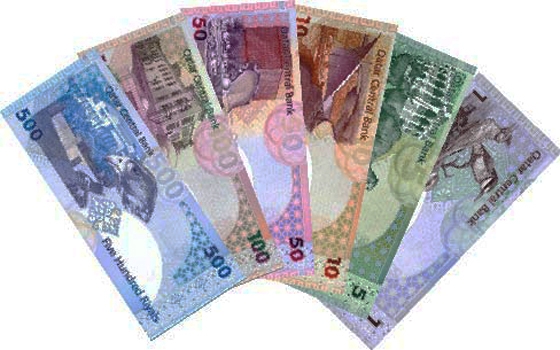Qatar's public expenditures has jumped to a whopping 160 percent during the period 2008-13, to reach $683bn. Qatar's import coverage ratios of the region's foreign exchange (FX) reserves are comfortably higher than the threshold coverage ratio of 3 months of imports. As for 2013, it ranges between 10 months in Qatar, according to a new report.
The Gulf Investment Corporation's (GIC) monthly GCC Markets report for September has placed Qatar in the upper tiers of investment grade in terms of sovereign credit ratings. The country's credit ratings, like other GCC countries, are on a par with most developed economies. These high credit ratings are mainly a result of strong macroeconomic fundamentals as GCC countries enjoys large fiscal surpluses, low level of public debt and robust non-oil GDP growth.
On Qatar's equity strategy, the report forecast infrastructure spending is likely to gain traction in the mid-term, with banking and real estate sector emerging main beneficiaries.
Petrochemical sector could remain lackluster unless global fundamentals improve. Qatar banks have performed well and will continue to do in the short-term. Profit taking will take place as stagnant summer season comes in to play.
The report noted assets managed by GCC sovereign wealth fund (SWFs) currently exceed government liabilities in all GCC countries except in Bahrain largely due to large net foreign assets and FX reserves. GCC SWFs reached an aggregate $1.6 trillion at end -2012, up 67 percent from $980bn in 2007. These assets were equivalent to 107 percent of the aggregate GDP in 2012 relative to 105 percent of GDP in 2007. With relatively little external debt, the GCC region's net foreign assets would rise to $2.1 trillion, equivalent to 132 percent of GDP.
In a previous report, the GIC noted with the latest development plan in Qatar, and the heavy spending on mega-projects, the labor market became more active and demand has been expanding. "The average salary in Qatar of $2,380 per month exceeded that of other GCC countries followed by Kuwait with $2,321 and Bahrain with $1,712. Oman continues to pay the lowest salaries in the region, below $1,000 throughout the period 2007-2012 while the average private sector wage in Saudi Arabia crossed $1,000 mark in 2011, but wages remain low compared to Qatar, Kuwait and Bahrain.
The September report anticipates that the global economy will make bigger growth strides in the forthcoming calendar quarters, than had been forecasted earlier in the year, based on the premise of improved overall market sentiments, rising growth prospects in the US economy, and improved overall economic performance in the EU.
The Peninsula
18 September





































































